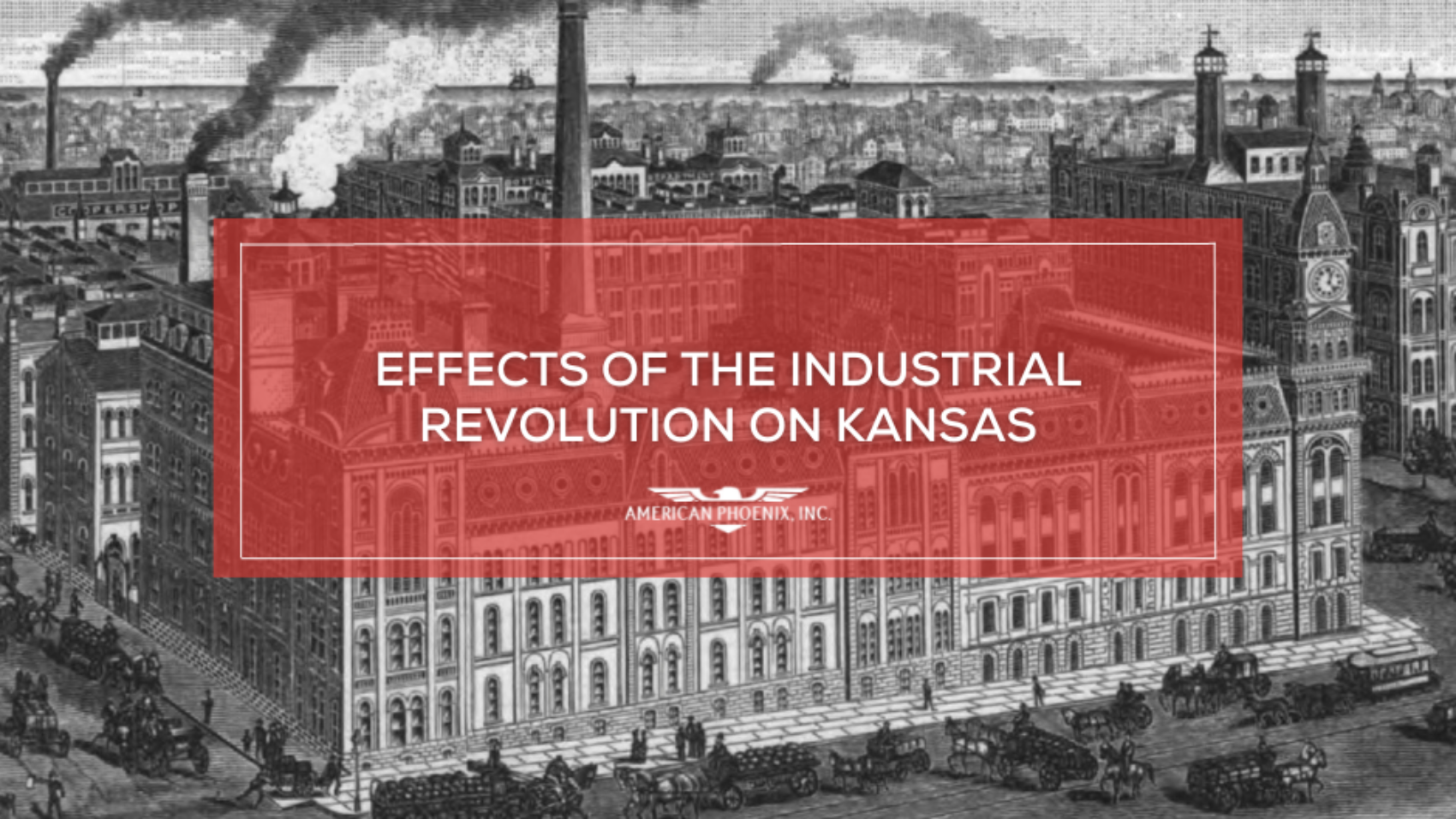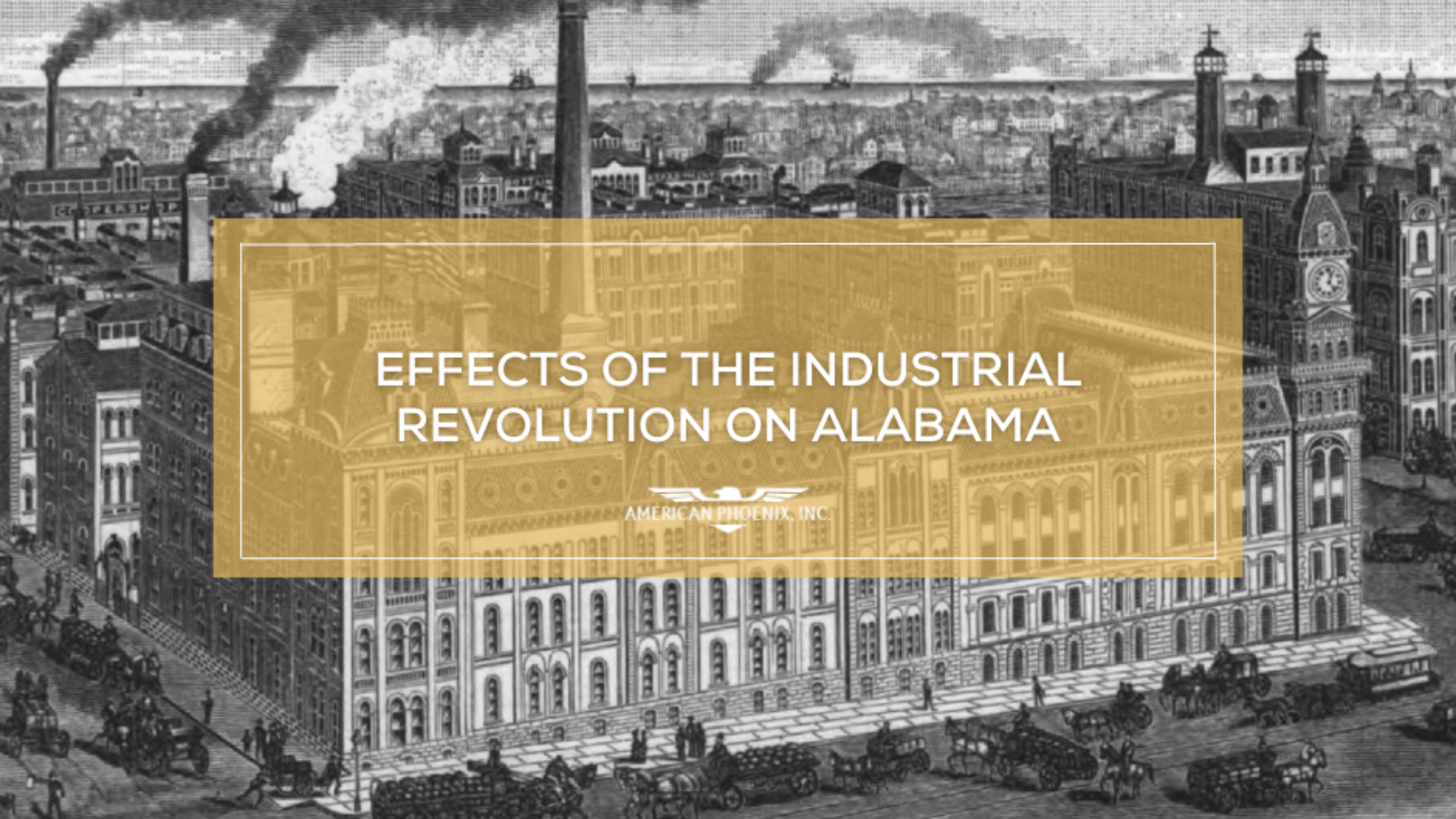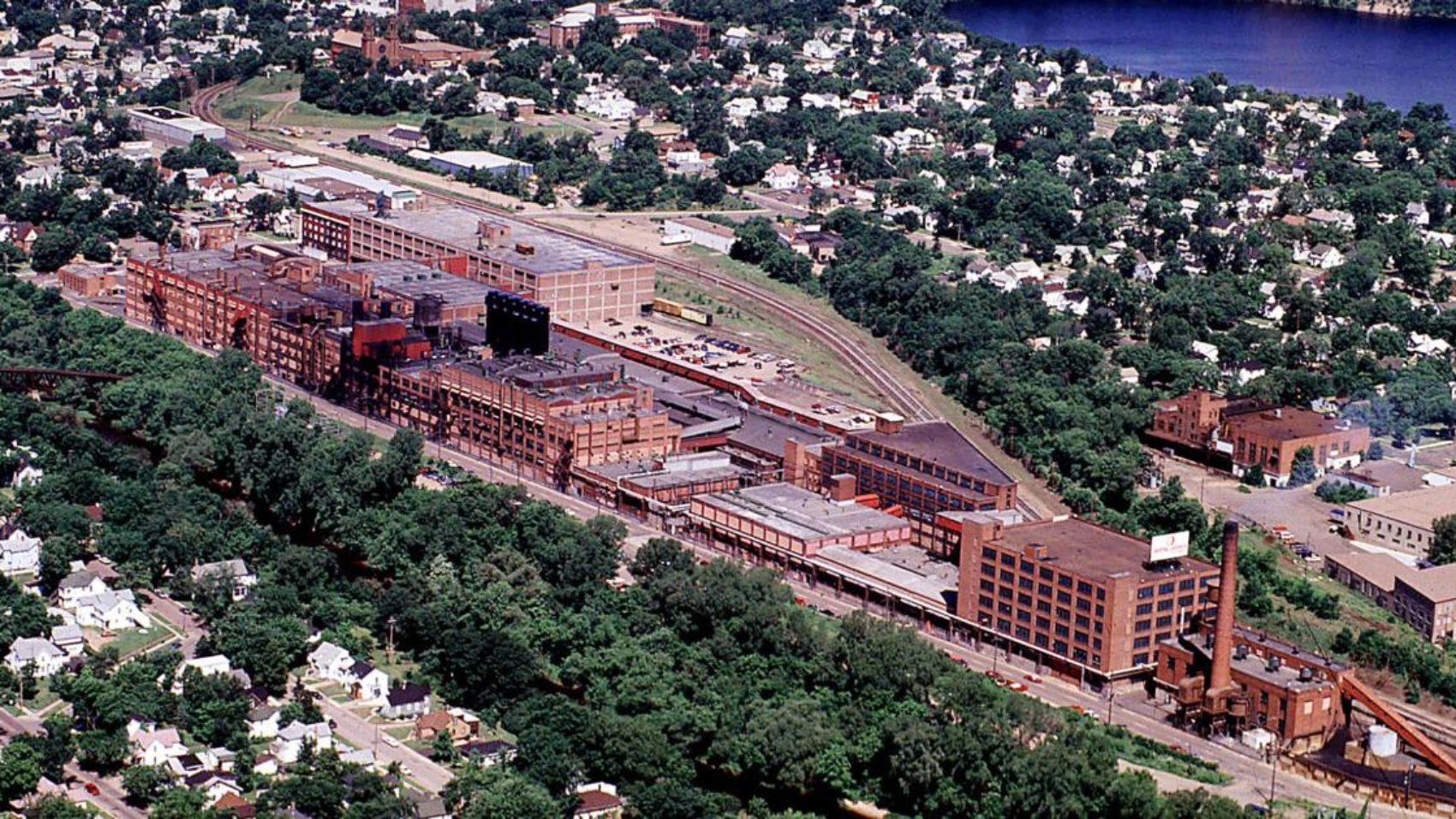Before his name was associated with F-150 trucks, Henry Ford, American industrialist and founder of the Ford Motor Company, was better known for his iconic Model T car and his pioneering work in the manufacturing sector. With the introduction of the moving assembly line and novel, employee-focused business initiatives, his legacy set numerous precedents for today’s industrial landscape.
Though he is most commonly recognized in the context of automobiles, American industrialist and businessman Henry Ford is also often credited with revolutionizing manufacturing through his innovative approaches and groundbreaking achievements. Armed with a dream and a natural affinity for engineering, Ford’s unwavering determination and innovative mindset propelled him to become one of the most influential figures of the 20th century and one of the most impactful forces in creating the American middle class.
Cars for the Great Multitude
Henry Ford was born on July 30, 1863. He was raised on a farm in Dearborn, Michigan, and showed an early interest in mechanics and engineering. Though he had little formal education, he found work as a teen apprentice in a machine shop, where he became proficient in operating and servicing steam engines. In adulthood, he started at the Edison Illuminating Company in Detroit, quickly rising to become chief engineer within just a couple of years.
Growing up in a family of limited means, one of Ford’s most persistent dreams throughout his life was to produce goods in such a way that they would be affordable for anyone. After multiple career setbacks and failed business ventures, the Ford Motor Company was started in 1903, where he began producing a variety of automobiles. Five years later, after proclaiming he would “build a motor car for the great multitude,” Ford introduced the iconic Model T, which, at its peak, would eventually represent half of all cars on the road worldwide.
Pioneering the Assembly Line
Ford’s most notable contribution to the manufacturing industry came from the moving assembly line. In 1913, at his Highland Park factory in Michigan, Ford introduced the world to a groundbreaking method of mass production that involved breaking down the assembly of automobiles into a series of simple, repetitive tasks. This led to faster production times and a significant increase in the output of goods, as the time it took to build a car dramatically reduced from hours to just minutes. This innovation increased efficiency and productivity and made automobiles more affordable and accessible to consumers.
With the implementation of the assembly line, Ford achieved his vision of making the automobile a practical mode of transportation for the average American. By 1925, the Model T had become a reliable, affordable, mass-produced car that transformed the automotive industry. By standardizing parts and streamlining production processes, Ford lowered the Model T’s cost from $825 to just $260, making it a reasonable investment for millions of working-class families across the country.
Less Work, More Pay
In a bold move to combat high employee turnover and attract skilled workers, Henry Ford also introduced the “Five-Dollar Day” in 1914, doubling the average wage of his employees to $5 per day. This groundbreaking initiative improved the quality of life for Ford’s workers and set a new standard for employee compensation and welfare in the manufacturing industry. By paying higher wages, Ford aimed to attract and retain skilled workers, reduce turnover, and foster loyalty and productivity among his workforce.
As another method of enticing and keeping reliable employees and increasing production, Ford shortened the average workday by one hour from nine to eight. This allowed for the addition of a third shift, turning the company into a 24-hour operation, giving existing employees more time outside of the plant, and providing jobs for even more workers. Though critics called him “Crazy Henry” for his unconventional business practices, insisting he would quickly go bankrupt, Ford would eventually say it was “the smartest cost-cutting move [he] ever made.” Not only were his employees more likely to continue showing up to work, but a new class of consumers was created that could afford Ford cars – another win-win for both the company and its workers.
Lasting Effects on American Manufacturing
Ford’s introduction of the assembly line and unprecedented business initiatives transformed the automobile industry and set a precedent for manufacturing practices across various sectors. His innovative methods and forward-thinking approach, which emphasized productivity, standardization, and continuous improvement, laid the foundations of the modern industrial landscape and have had a profound impact on the way goods are produced to this day.
His legacy can be seen in modern production techniques, supply chain management, and labor practices that prioritize efficiency, quality, and employee well-being. As the manufacturing landscape evolves, Henry Ford’s foundational principles remain relevant, serving as a testament to his enduring impact on American industry and innovation.
To learn more about manufacturing, check out Effects Of The Industrial Revolution On Wisconsin, History Of Manufacturing In Eau Claire, and Supporting Employee Mental Health In The Manufacturing Industry.
For more articles From the Plant, check out our blog.





